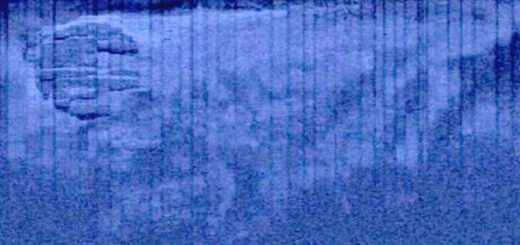On This Day In History: Cliff Palace At Mesa Verde, Colorado Discovered – On Dec 18, 1888
On December 18, 1888, the Cliff Palace at Mesa Verde, Colorado, was discovered by rancher Richard Wetherill (1858- 1910) and his brother-in-law Charlie Mason, who were riding across the mesa top looking for stray cattle.

Richard Wetherill, perhaps the most influential amateur archaeologist of the late 19th century, was involved in excavation of the ruins and devoted several years to exploring the archaeology of the region.
These ruins of the largest and most famous cliff dwelling in North America, are now preserved in Mesa Verde National Park. In the 1200s, the Anasazi, an ancient pueblo people, built 150 rooms and 23 large, round kivas (used for rituals) within a large rock shelter, high on a cliff. Rooms, about 6’×8′(2×2.5m) were constructed of sandstone blocks, with mortar made from soil, water and ash.
The Cliff Palace had a population of approximately 100 people.
The size of the doorways in Cliff Palace and other cliff dwellings gives some clues about the size of the people who once lived there.
An average man was about 5’4″ to 5’5″ (163 cm) tall, while an average woman was 5′ to 5’1″ (152 cm). If you compare them with European people of the same time period, they would have been about the same size.
Most people lived an average of 32-34 years, however some people did live into their 50s and 60s. Approximately 50% of the children died before they reached the age of five.
Out of the nearly 600 cliff dwellings concentrated within the boundaries of the park, 75% contain only 1-5 rooms each, and many are single room storage units.
Sandstone, mortar and wooden beams were the three primary construction materials for the cliff dwellings. The Ancestral Pueblo people shaped each sandstone block using harder stones from nearby river beds. The mortar between the blocks is a mixture of local soil, water and ash. Fitted in the mortar are tiny pieces of stone called “chinking,” filled the gaps within the mortar and added structural stability to the walls.
Over the surface of many walls, the people decorated with earthen plasters of pink, brown, red, yellow, or white
It is thought that Cliff Palace was a social, administrative site with high ceremonial usage.



 Creators of mankind
Creators of mankind Description of “Tall white aliens”
Description of “Tall white aliens” Where they came from?
Where they came from? About hostile civilizations
About hostile civilizations The war for the Earth
The war for the Earth “Tall white aliens” about eternal life
“Tall white aliens” about eternal life Video: “Nordic aliens”
Video: “Nordic aliens” Aliens
Aliens Alien encounters
Alien encounters The aliens base
The aliens base UFO
UFO Technology UFO
Technology UFO Underground civilization
Underground civilization Ancient alien artifacts
Ancient alien artifacts Military and UFO
Military and UFO Mysteries and hypotheses
Mysteries and hypotheses Scientific facts
Scientific facts


















